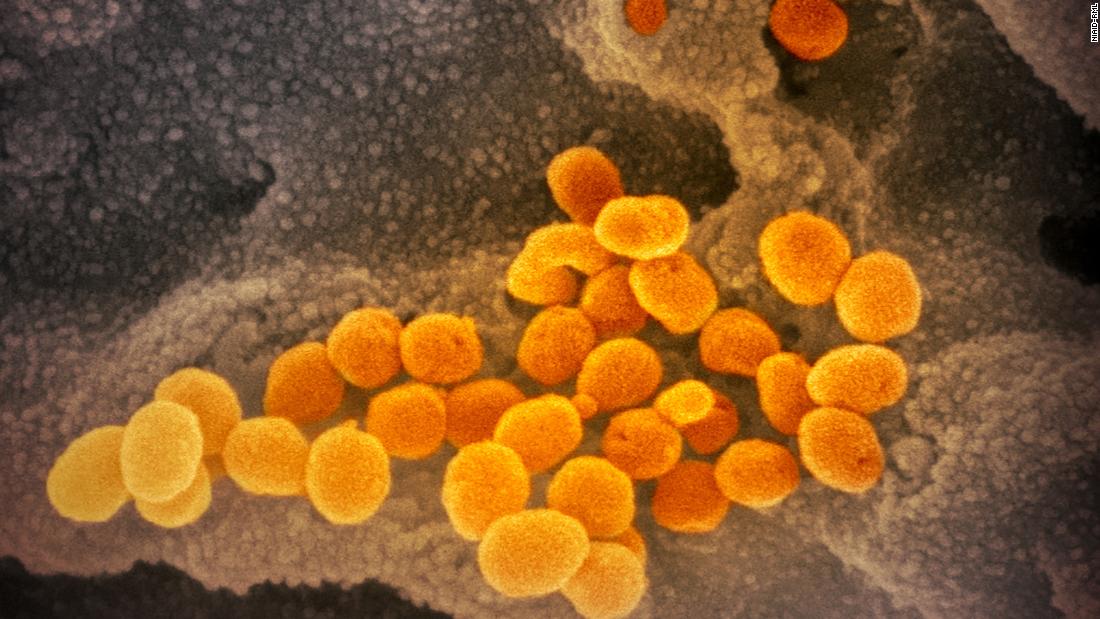When Uddhab Gautam got his first vaccine dose back in February, Covid-19 cases in Nepal were low.
Now, three months later, coronavirus infections in the Himalayan nation have spiraled out of control, leading to a shortage of hospital beds and oxygen, and sending most of the country into lockdown.
But despite needing it more than ever, the 67-year-old retired banker has no idea when he’ll get his second dose of Covishield, the AstraZeneca vaccine manufactured by the Serum Institute of India (SII).
“As an older person, I’m afraid of contracting the virus,” he said from his home in Nepal’s capital Kathmandu. “I have chosen to stay indoors.”
Gautam’s predicament is similar to one shared by millions worldwide: as India’s own coronavirus crisis has spiraled, SII — the world’s largest vaccine maker — can no longer export its goods.
Last week, the SII said it wouldn’t restart deliveries to COVAX, a worldwide initiative aimed at distributing vaccines to countries regardless of wealth, until the end of this year.
While SII’s decision will be a lifeline for India, which is still reporting about 200,000 new cases a day, the delay poses a huge problem for developing countries that depend on COVAX to control large outbreaks of their own.
The world is already 140 million doses short — and by the end of June, that gap will have reached 190 million shots, the United Nations children’s agency, one of the partners in COVAX, said last week. There is currently no timeframe for resolving the shortage, UNICEF said.
That creates a very real problem, not just for countries with limited access to vaccines where cases are exploding, but also for the whole world.
“We are concerned that the deadly spike in India is a precursor to what will happen if those warnings remain unheeded,” UNICEF executive director Henrietta Fore said in a news release last week. “The cost for children and families will be incalculable.”
Read the full story:

